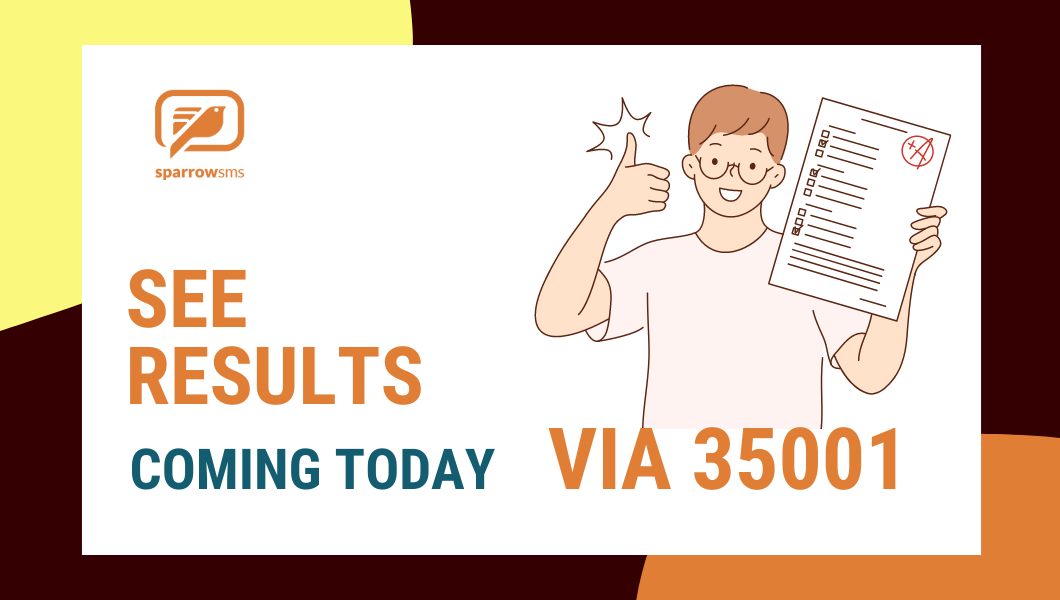The journey of education is filled with pivotal moments, and receiving your SEE (Secondary Education Examination) results is one of them. For many students, this marks the end of secondary school and the beginning of new opportunities and challenges. As you stand at this crossroads, it’s essential to make informed decisions about your next steps. This blog aims to guide you through the various paths available, helping you make choices that align with your interests, strengths, and future aspirations.
Choosing the Right Educational Stream
One of the most significant decisions you’ll make after receiving your SEE results is selecting an educational stream for higher secondary education. The stream you choose can shape your academic and career trajectory. Here’s a breakdown of the main streams available:
1. Science
Why Choose Science?
- Ideal for students interested in fields like engineering, medicine, and technology.
- Offers a broad understanding of subjects such as Physics, Chemistry, Biology, and Mathematics.
Career Prospects
- Engineering, Medicine, Information Technology, Research, Biotechnology, Environmental Science.
2. Management
Why Choose Management?
- Suitable for students with a keen interest in business, economics, and entrepreneurship.
- Subjects include Business Studies, Accounting, Economics, and Marketing.
Career Prospects
- Business Administration, Finance, Marketing, Human Resources, Entrepreneurship.
3. Humanities
Why Choose Humanities?
- Perfect for those passionate about social sciences, literature, and arts.
- Subjects include Sociology, Psychology, History, Political Science, and Geography.
Career Prospects
- Law, Journalism, Education, Social Work, Public Administration, Arts and Literature.
4. Education
Why Choose Education?
- Focuses on training future educators and professionals in the educational sector.
- Includes subjects like Educational Psychology, Curriculum Development, and Pedagogy.
Career Prospects
- Teaching, Educational Administration, Educational Research, Curriculum Design.
Exploring Vocational Courses
Not every student wishes to pursue traditional academic streams. Vocational courses offer practical skills and training tailored to specific industries. These courses can lead directly to employment opportunities or further specialization. Here are some popular vocational paths:
1. Technical and Engineering Courses
- Includes diplomas in Civil Engineering, Electrical Engineering, and Mechanical Engineering.
- Provides hands-on training and direct entry into technical fields.
2. Healthcare Courses
- Courses such as Nursing, Medical Lab Technology, and Pharmacy.
- Prepares students for immediate employment in the healthcare sector.
3. Information Technology (IT) Courses
- Programs in Software Development, Network Administration, and Cybersecurity.
- Equips students with skills in high-demand tech industries.
4. Hospitality and Tourism
- Diplomas in Hotel Management, Tourism Management, and Culinary Arts.
- Opens doors to careers in hotels, restaurants, and tourism companies.
Seeking Career Counselling
Making decisions about your future can be daunting. Career counselling can provide invaluable support in navigating your options:
1. School Counsellors
- Speak with counsellors at your school who can offer personalised advice based on your academic performance and interests.
2. Professional Career Counsellors
- Seek professional career counselling services for comprehensive assessments and guidance.
3. Workshops and Seminars
- Attend career workshops and seminars to gain insights from industry experts and educators.
Tips for Making Informed Decisions
- Self-Assessment
- Evaluate your strengths, interests, and long-term goals. Understanding what you enjoy and excel at can help you choose a suitable path.
- Research
- Gather information about the various streams and courses available. Understand the curriculum, career prospects, and potential challenges.
- Seek Guidance
- Talk to teachers, parents, professionals, and alumni. Their experiences and advice can provide valuable perspectives.
- Stay Open-Minded
- Be open to exploring different fields. Sometimes, the best opportunities come from unexpected places.
- Plan Ahead
- Consider the long-term implications of your choices. Think about where you want to be in 5 or 10 years and how your current decisions can help you get there.
Conclusion
Receiving your SEE results is just the beginning of an exciting new chapter. Whether you choose to pursue higher secondary education, vocational training, or enter the workforce, the key is to make informed decisions that align with your passions and aspirations. Remember, your journey is unique, and there are numerous paths to success. Embrace this moment with confidence and optimism, and take the next step towards a bright and fulfilling future.


